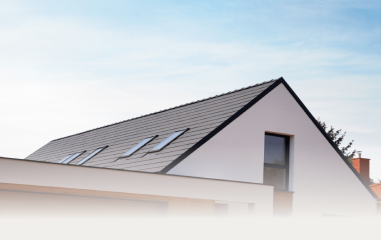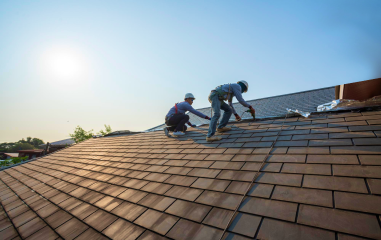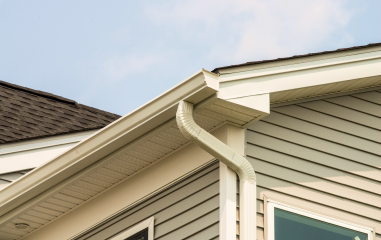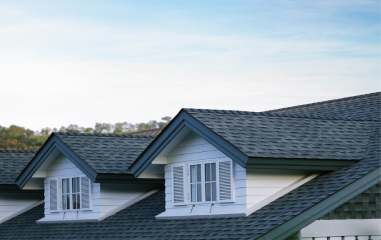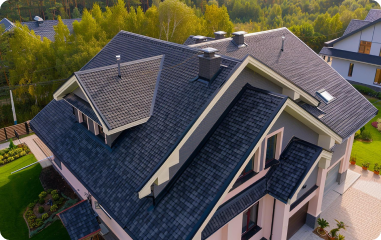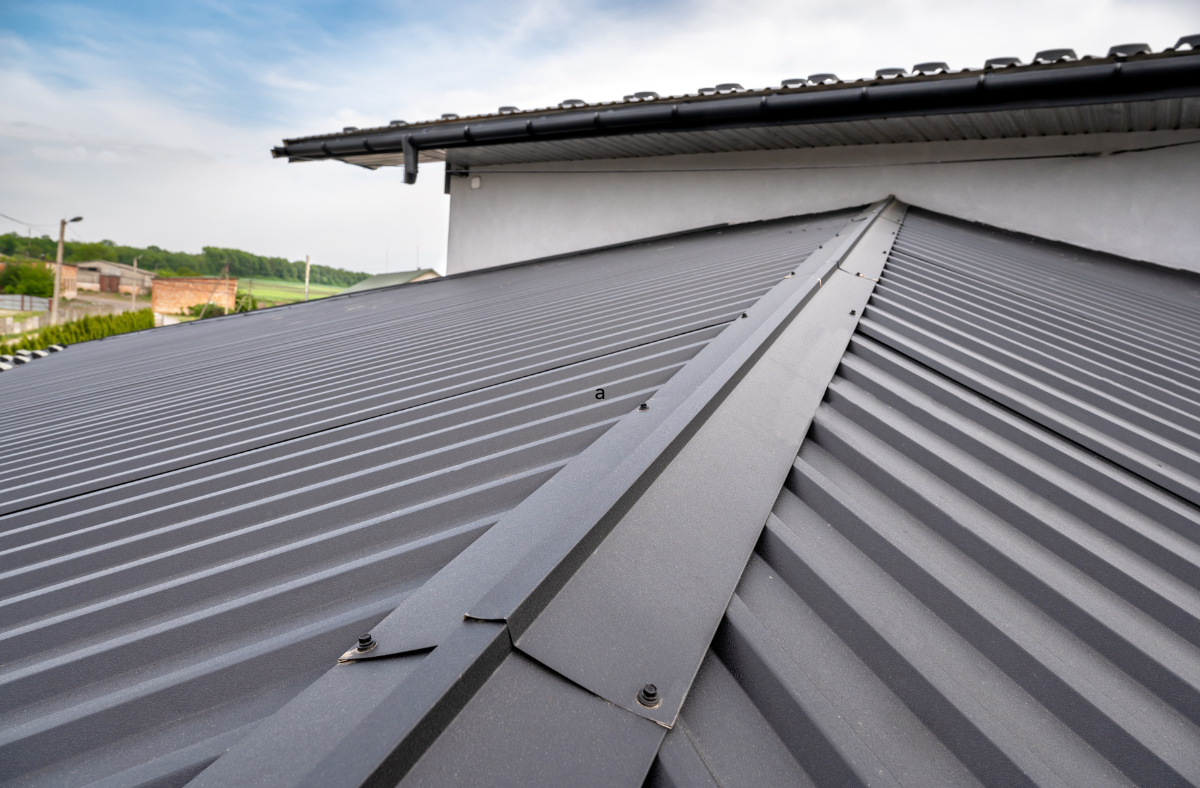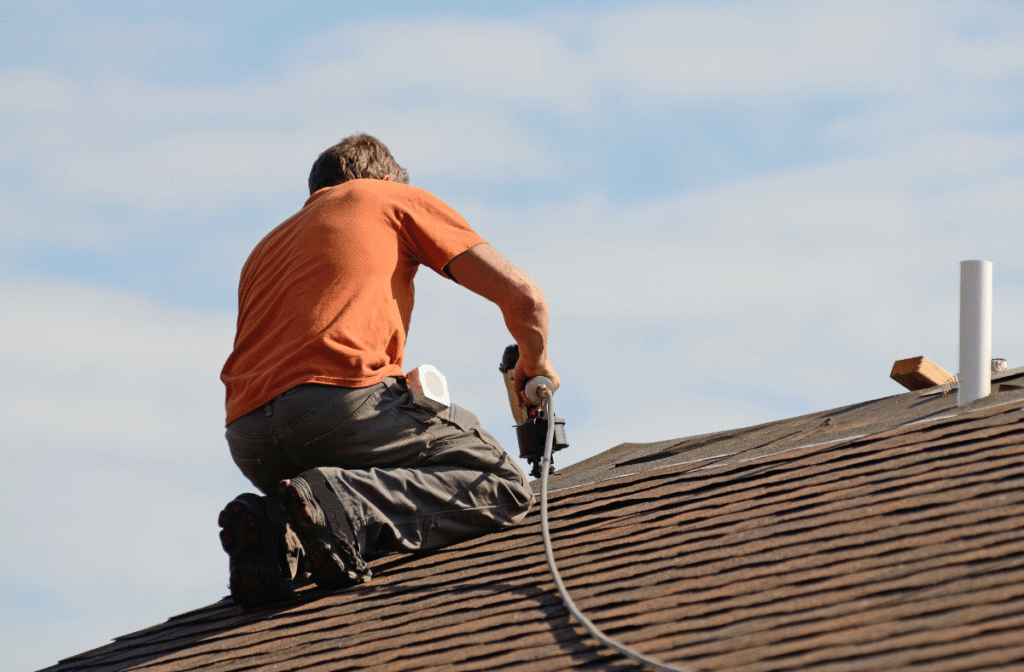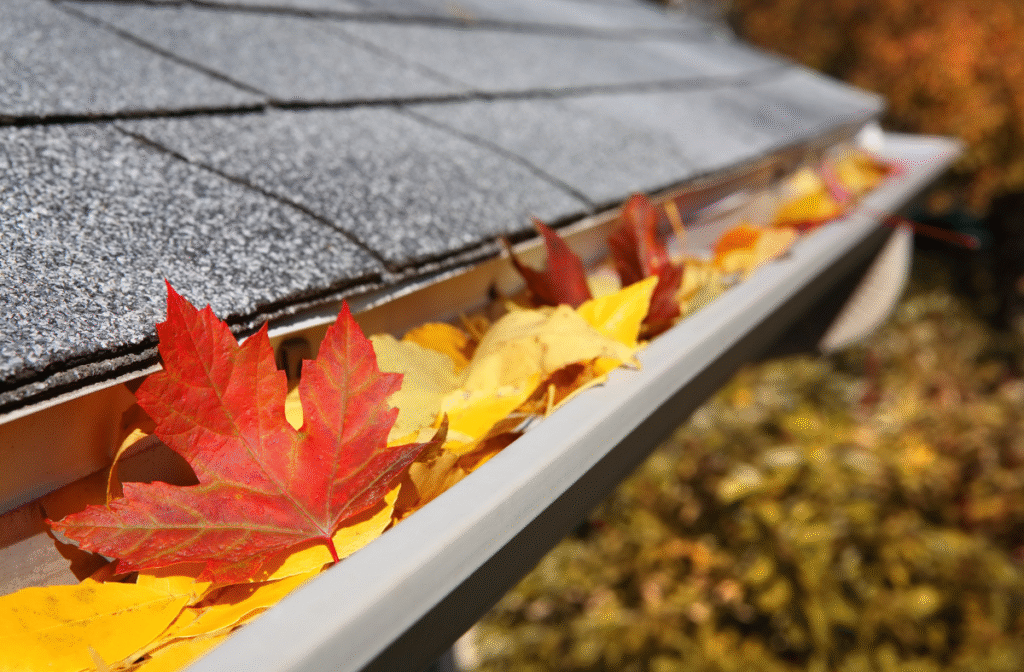A steel roof is one of the smartest investments a Texas homeowner can make. It’s durable, energy efficient, and capable of standing up to the state’s toughest weather. From scorching summers to pounding hailstorms, a steel roof provides strong, reliable protection.
But even the toughest roof needs some care. Regular roof maintenance ensures your roof looks beautiful, performs well, and lasts for decades.
This guide covers everything you need to know to maintain your steel roof through every season so you can protect your investment and your home.
Table of Contents
Not sure if you should repair or replace your roof? Give us a call for FREE roof inspection
Why Steel Roofs Are a Smart Choice in Texas
Texas weather is unpredictable and often extreme. Steel roofing is built to handle it. It resists fire, rot, insects, and impact better than most materials on the market. It also reflects sunlight, helping to lower cooling bills during the long, hot summers.
Unlike asphalt shingles that curl or crack under heat, steel panels maintain their integrity year after year. They can withstand hail, strong winds, and torrential rain, making them ideal for regions like Houston, Austin, Beaumont, and Lake Charles.
With proper care, a steel roof can last 50 years or more. Regular maintenance is the key to reaching that full lifespan.
How Long Does a Steel Roof Last?
A steel roof can last for several decades, often twice as long as traditional roofing materials. The exact lifespan depends on the coating, installation quality, and maintenance routine. Coastal homes face salt corrosion, while homes in Central and West Texas must combat heat and UV exposure.
Performing inspections and cleaning regularly helps prevent small issues from growing into serious damage. A few hours of maintenance each year can extend your roof’s life by decades.
Seasonal Steel Roof Maintenance Tips
Every season brings its own challenges. These quick summaries and detailed tips will help you care for your steel roof year-round.
Spring: Wash Away Winter and Check for Damage
Spring Maintenance Tips:
- Clean off leaves, branches, and debris from the roof surface
- Rinse dirt and pollen with a low-pressure garden hose
- Inspect for scratches or chips in the coating and touch them up
- Tighten loose fasteners and check flashing around chimneys and vents
- Clean gutters and downspouts to ensure proper drainage
Spring is the ideal time to give your steel roof a thorough cleaning after winter. Begin by removing any debris that may have accumulated in roof valleys, behind chimneys, or near flashing.
Debris traps moisture and can cause corrosion if left unchecked. Use a soft broom or low-pressure garden hose to rinse the roof. Avoid pressure washers, as they can damage the protective coating.
Next, look for scratches, scuffs, or chipped paint. Even small blemishes expose the underlying metal to moisture, which can cause rust. Use a matching paint or sealant designed for metal roofs to touch up these areas.
Check fasteners and seams to make sure they are tight. Steel panels expand and contract with temperature changes, and that movement can loosen screws or clips over time. Inspect flashing around vents, skylights, and chimneys for gaps or cracks.
Finally, clear out gutters and downspouts to ensure rainwater flows freely away from your roof and foundation.
Summer: Guard Against Heat and UV Exposure
Summer Maintenance Tips:
- Look for fading or chalking on the coating from sun exposure
- Check attic ventilation to reduce heat buildup
- Trim overhanging branches to prevent scratches
- Schedule a professional inspection before storm season
Texas summers are tough on any roof. High heat and relentless sunlight can slowly break down protective coatings and paint finishes.
During the summer, examine your roof for signs of UV damage, including fading or a chalky residue. This could mean the protective layer is wearing thin and may need attention.
Attic ventilation is also essential during summer. Poor airflow causes excessive heat buildup under the roof, leading to expansion and faster wear on fasteners and panels. Proper ventilation helps regulate temperature and reduces strain on your HVAC system.
If your property has trees nearby, trim back any overhanging limbs. Branches can scrape the roof during windy days and damage the finish.
Fall: Prepare for Rain and Wind
Fall Maintenance Tips:
- Clean the roof of leaves and organic debris
- Tighten fasteners and inspect seams and flashing
- Make sure gutters and downspouts are clear before heavy rain
- Check for leaks or damp spots in the attic
Fall is the perfect season to prepare your roof for storms and cooler weather. Start with a gentle cleaning to remove dirt, pollen, and fallen leaves. Organic debris holds moisture, which can eventually cause staining or corrosion on the steel panels.
Inspect all fasteners again to make sure they’re secure. Expansion and contraction from summer heat can loosen them slightly. Tighten or replace any that are stripped or rusted. Pay close attention to seams and flashing, as these are the most common areas for leaks to begin.
Check gutters carefully and remove any leaves or twigs that could block water flow. Make sure the gutters are firmly attached and directing water away from your foundation. Inside your attic, look for water stains, dark spots, or damp insulation that could indicate a hidden leak. Catching problems early can prevent costly repairs later.
Winter: Protect Against Moisture and Temperature Fluctuations
Winter Maintenance Tips:
- Ensure gutters and drains are clear to prevent water backup
- Check seals around vents and skylights
- Rinse off salt residue if you live near the coast
- Inspect for dents or loose flashing after strong winds
Even though most of Texas avoids snow, winter still brings temperature swings and occasional freezing rain.
These conditions can affect the seams and fasteners on your steel roof. Before winter arrives, clean gutters thoroughly so rainwater drains properly. Standing water that freezes can expand and damage joints.
Inspect rubber seals, gaskets, and caulking around roof penetrations. Cold temperatures can cause these materials to shrink, creating small gaps where moisture can enter. Reapply sealant if necessary to prevent leaks.
If your home is near the coast, rinse your roof with fresh water at least once during winter to remove any salt buildup. Salt corrosion is one of the biggest long-term threats to metal roofing.
Finally, after a storm, do a quick visual inspection for dents, debris, or lifted flashing. Even minor damage can allow water to seep in if not repaired quickly.
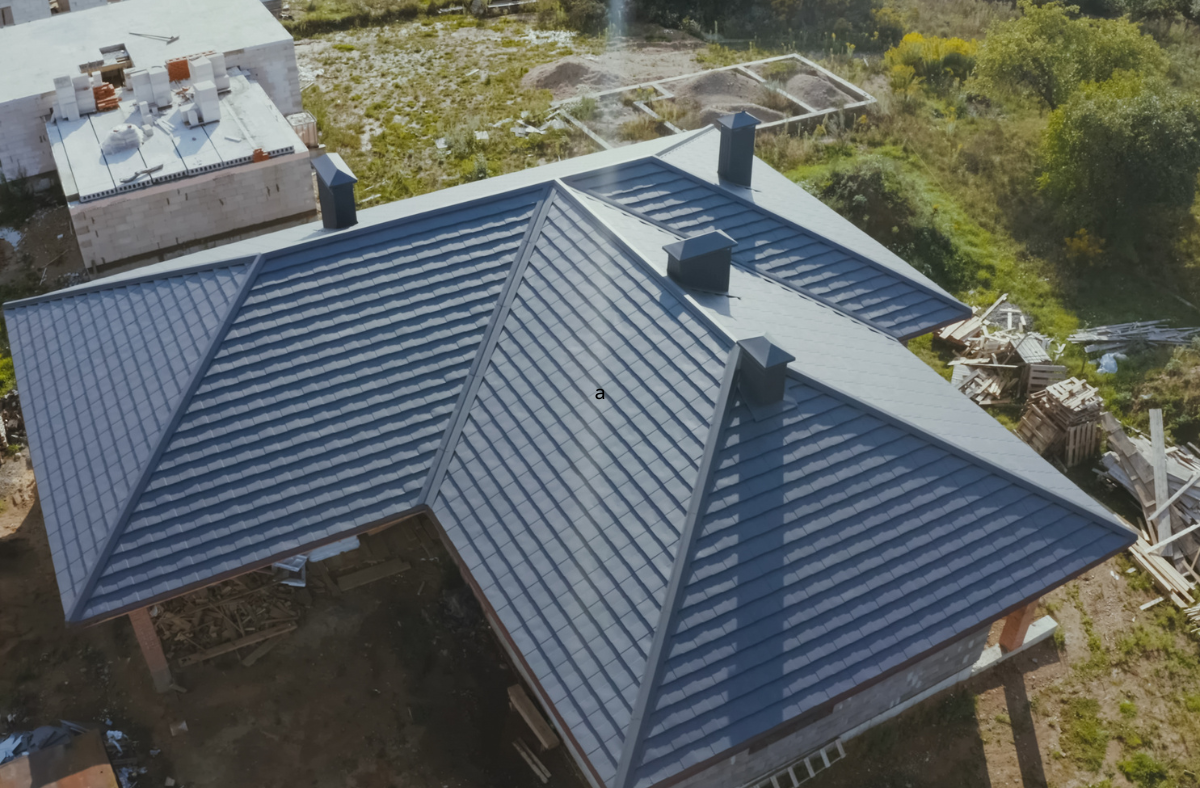
How to Clean a Steel Roof Safely
Cleaning your steel roof keeps it looking beautiful and functioning properly. Always prioritize safety. If your roof is steep, high, or slippery, call a professional instead of climbing up yourself.
To clean your roof, use a mild detergent mixed with water and apply it using a soft brush or cloth. Avoid harsh chemicals, bleach, or abrasive tools that can damage the coating. Rinse thoroughly with a garden hose at low pressure.
For mildew or algae, a mixture of water and white vinegar works well. Rinse completely afterward to prevent streaks. Regular cleaning once or twice a year is enough for most Texas homes.
Preventing Corrosion and Rust
Steel roofs come with protective coatings that resist rust, but no coating lasts forever. Over time, scratches, dirt, and standing water can weaken this protection.
Inspect your roof regularly for areas where the coating looks thin or worn. If you spot rust beginning to form, clean it immediately, apply a rust-inhibiting primer, and touch up with a compatible paint. Keeping debris off your roof is equally important. Wet leaves and dirt can trap moisture, which eats away at the finish.
Homes near the coast or in industrial areas should be rinsed more frequently to remove salt or pollutants. Regular cleaning and touch-ups protect your steel roof’s strength and appearance for the long haul.
When to Schedule Professional Maintenance
Even though steel roofs are low-maintenance, a professional inspection once a year is strongly recommended. A trained roofer, like M&M Roofing, Siding, and Windows, can spot potential issues before they become expensive repairs, such as loose fasteners, coating wear, or seam separation.
After major storms, schedule a post-storm inspection to check for dents or damage. Hail or flying debris can compromise your roof’s surface even if it looks fine from the ground. If your roof is more than 20 years old, consider having it inspected twice a year to ensure every component continues to perform as it should.
Why Steel Roof Maintenance Pays Off
It’s easy to think of a steel roof as maintenance-free, but small acts of care make a huge difference. Routine cleaning, inspections, and touch-ups keep your roof strong, beautiful, and energy-efficient. This prevents leaks and corrosion and also maintains your home’s curb appeal and value.
When you invest in a steel roof, you’re investing in decades of protection. Regular maintenance ensures you get the full return on that investment.
Protect Your Roof for the Long Haul
A steel roof can last a lifetime with proper care. By following a simple maintenance routine each season, you’ll keep your roof strong, beautiful, and worry-free.
If it’s been more than a year since your last inspection, or if recent storms have passed through your area, contact M&M Roofing, Siding, and Windows today to schedule your free roof inspection. We’ve been doing business for more than 40 years and have more than 1,200 positive reviews from our customers.
Let our experts help you keep your steel roof in peak condition, season after season.
M&M Roofing, Siding, and Windows has been serving Texas homeowners for over 40 years. Call us or complete the request form to schedule a FREE roof inspection and consultation.

